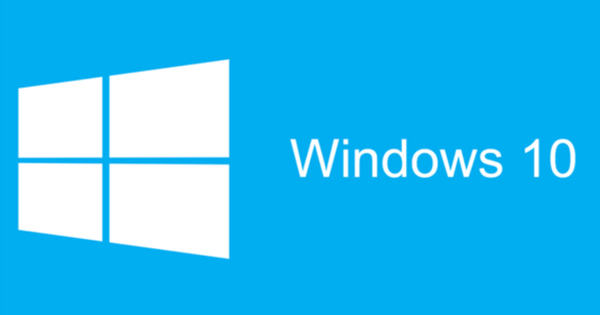Microsoft Word, it is on just about every resume when it comes to programs that people have experience with. Logical too, we can all put together a nice text document. However, there are also many handy tricks and shortcuts in Word that make working with the word processor a lot more efficient and make yours even more of a pro. We explain ten useful tips for Microsoft Word for you.
Tip 01: Select
When you want to select a text in Word, you can click where you want to start selecting and then drag with the mouse button down to the last word. Another option is to click once where you want to start selecting, then hold down the Shift key and then click on the end point. But did you know that it can be done even faster? You know that when you double-click a word in Word, the entire word is selected, but when you click a word three times in a row, the entire paragraph is selected. If you want to select only one sentence, from capital letter to period, hold down the Ctrl key and click once on any word in the sentence. If you hold down the Alt key while selecting, you are no longer even bound to the structure of the Word document. You can then draw any frame in the document and copy all the text within it. This is especially useful when you want to be able to copy a series of words or numbers among each other.

Word 2016
The tricks we discuss in this article are all related to Word 2016. That's not to say they don't apply to earlier versions of Word, in fact most of the features certainly do. Chances are, however, that the menu structure is slightly different and that the option has a different name. Some of the tricks we discuss here also work in the online version of Word, but that does not apply to everything.
Tip 02: Export image
If you have a Word document with a few images in it, and you want to save those images to (or export to) your hard drive, it's not very complicated. All you have to do is right click on the image in question and go to Save as image to choose. However, if a Word document contains 100 images that you need to export, this method is quite time-consuming. Fortunately, Word can help you with that. To do this, save the document as a web page. A web page loads the images externally, which means that they have to be on the hard drive as separate files. Save a file as a web page by clicking Save file if and then choose from the drop-down menu for web page. The text will be saved as an html document, and the images will be neatly placed in a folder.
Hold down Alt to draw a box in the document and copy all the text inside itTip 03: Convert capital letters
In principle, a text always starts with a capital letter and ends with a period. At least that's how we all learned it. Unfortunately, not everyone always applies this well in practice, so you occasionally get documents in front of you that are a complete circus of capital and small letters. With small files you can of course easily correct this, but when it comes to hundreds, perhaps thousands of sentences, you will of course spend an enormous amount of time. Sin! Word can do that job for you in seconds. To do this, select the text, then click on the tab Start, in the subbox Font style on the icon with the letters ah. You can now specify exactly how you want the sentence to be formatted. Choose Like in a sentence to apply the correct language rules with a capital letter at the beginning of a sentence and a period at the end. Other options are, for example, to convert the entire text to uppercase or lowercase or to have every word start with a capital letter, these last three options can also be reached with Shift+F3.

Tip 04: Replace image
When we talk about search and replace, you undoubtedly associate it with a text. But did you know that you can also search and replace images? Suppose you have created an article where you have chosen to use images to distinguish between the different paragraphs. Now, for whatever reason, you want to replace the images. Manually replacing all images will cost you a lot of time, if it concerns a large document. But here too, Word comes with a quick solution. Add the new image you want to use at the top of the document, click on that image and then use the key combination Ctrl+C (copy image). Delete that image again and open the window Find and replace (Ctrl+H). Top up now To search the value ^g , which tells Word to search for graphical elements and enter ^c in at To replace, to indicate that it should be replaced with what you just copied. click on Replace everything and the work is done for you. This only works if you want to replace all images with the same image.
Tip 05: Insert symbols
Most texts you create in Word will usually contain no symbols, except for the euro or dollar sign. If you suddenly have to insert symbols, that will certainly give you extra work. Take for example the trademark sign: ™. You can insert this symbol, like all other symbols, via Insert / Symbol, where you can look up the symbol in one of the lists. This isn't really fast, of course, and it also takes you out of the flow while writing. Another, slightly faster option is to type the letters TM, select the text and use the key combination Ctrl+Shift+= to superscript the letters. But it can be even faster. Word's autocorrect is of great help here. If you type in your text (tm), Word will automatically make it the trademark symbol, (c) changes to the copyright symbol and (r) gives you the registered trademark sign. You can add many more codes yourself via File / Options / Control / AutoCorrect Options.
 With =lorem() or =rand() an arbitrary text is automatically added
With =lorem() or =rand() an arbitrary text is automatically added

